Egypt is one of Africa’s major tourist destinations, with the main drawcards being the Red Sea, Egyptology and the Nile. The Pyramids of Giza, the Sphinx and the Valley of the Kings need no introduction in the world of antiquity, the sun-soaked beaches of the Red Sea with their scuba diving are a massive attraction to those from colder climes, and a cruise on the Nile floods back memories of Cleopatra. Aside from these famous attractions, this desert country houses ancient ruins and mystical Oases, and in Cairo, ancient cultures remain, blending with the very modern. Egypt offers so much more than its world-famous pyramids. Visitors can enjoy desert trekking, scuba diving, golfing, fishing, bird watching or floating along the Red Sea.
Resting on the east bank of the infamous Nile River in southern Egypt, the city of Luxor is renowned for its many well-preserved monuments, so much so that it has been described as the world’s greatest open-air museum. Luxor is often divided into three different areas; the city of Luxor on the east side of the Nile, the town of Karnak further north and Thebes on the west side of the Nile, across from Luxor. Visitors can look forward to a variety of accommodation and an abundance of exciting activities – Luxor knows how to accommodate tourists as it has been doing since ancient times. Don’t miss the Karnak and Luxor Temples, as well as the Valley of the Kings and the Valley of the Queens.
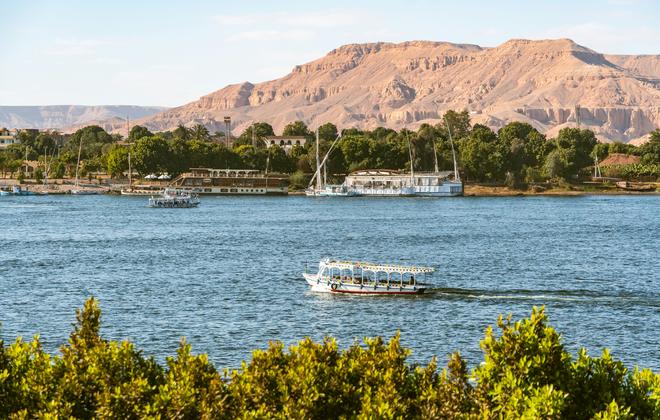
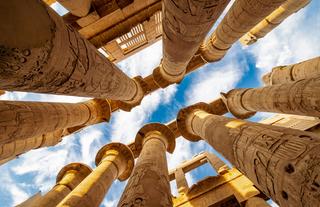



Situated north of Aswan, on the eastern bank of the Nile River in Egypt, the ancient city of Kom Ombo is famous for its unusual riverside double-temple honouring Horus the Elder (Haroeris) and Sobek (the crocodile god), and its attached crocodile museum. The building is especially distinctive in its dual, mirror image structures and even features a double altar. At the crocodile museum, visitors can see crocodile mummies and other artefacts which give insight into the sacred place the animals had in ancient times. The town is also notable for being home to an original community of peasant farmers as well as a large population of Nubian people and is surrounded by beautiful sugar-cane fields. Kom Ombo makes for a fantastic day trip from both Luxor and Aswan and is a popular stop on river cruises.





Situated on the east bank of the Nile in the south of Egypt, Aswan is an arid, modern and popular city with a relaxing atmosphere. The city is home to a number of significant archaeological sites and also makes an excellent base for exploring the many world-class attractions in the surrounding area. Visitors can enjoy the beautiful views by way of slow walks along the wide corniche, or while dining on fresh seafood at one of the town’s charming floating restaurants. In the evenings, dancers, musicians, and folklore troupes perform at the Cultural Centre, providing memorable entertainment. City highlights include a large, lively market, and the Nubian Museum, which showcases some of Southern Egypt’s most important historical artefacts.


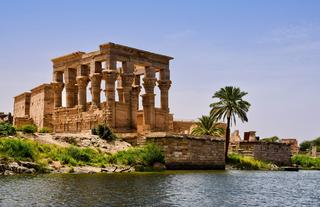


Resting on the west bank of the Nile River between Esna and Aswan, the historic town of Edfu is the location of the famous Temple of Horus. Considered the best-reserved temple in Egypt and dating back to the Ptolemaic times (237 - 57 BC), the temple has played a dramatic role in today’s understanding of ancient Egypt, including our knowledge of its religion, lifestyle, and language. The temple is decorated with intricate and varied scenes depicting marriages, deities, and the birth of its namesake god, and exhibits a combination of both Egyptian and Greek architectural elements. Other highlights include the ruins of one of seven small provincial step pyramids, and two temples considered second only in importance to the Temple of Dendera. Modern Edfu is a bustling hub producing renowned pottery.

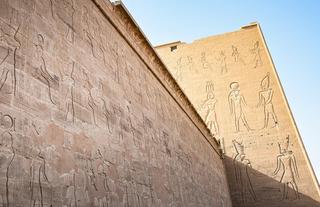
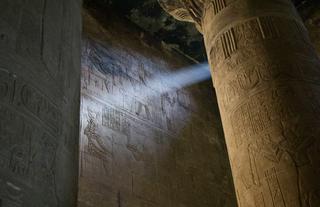
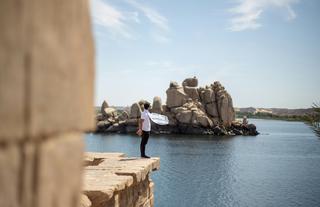
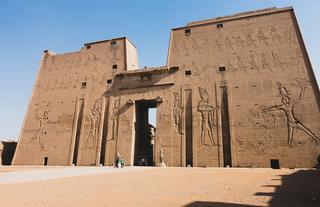
Resting on the western bank of the Nile, just south of Luxor, the market town of Esna boasts a scenic riverfront, a collection of ancient structures and a vibrant weekly market. It once served as an important stop along the camel-caravan trade route between Egypt and Sudan during the 18th Pharaonic Dynasty and today it is a popular stop for cruises. This hidden gem of a city features a tranquil atmosphere which is livened up by Esna’s tourist-oriented market on Saturdays, where visitors can purchase fabric and have one-of-a-kind clothes made. Visitors can also explore the old streets and temples, stroll along the scenic banks of the Nile and admire the ancient architecture of Esna’s old houses, featuring fine brickwork and elaborate mashrabiyya (wooden lattice screens). The undeniable highlight is the Temple of Khnum, also known as the Temple of Esna featuring grand pillars and well-preserved carvings from as late as the 3rd century AD. Don’t miss the opportunity to view the Fatimid-era Emari minaret, one of the oldest in Egypt.













